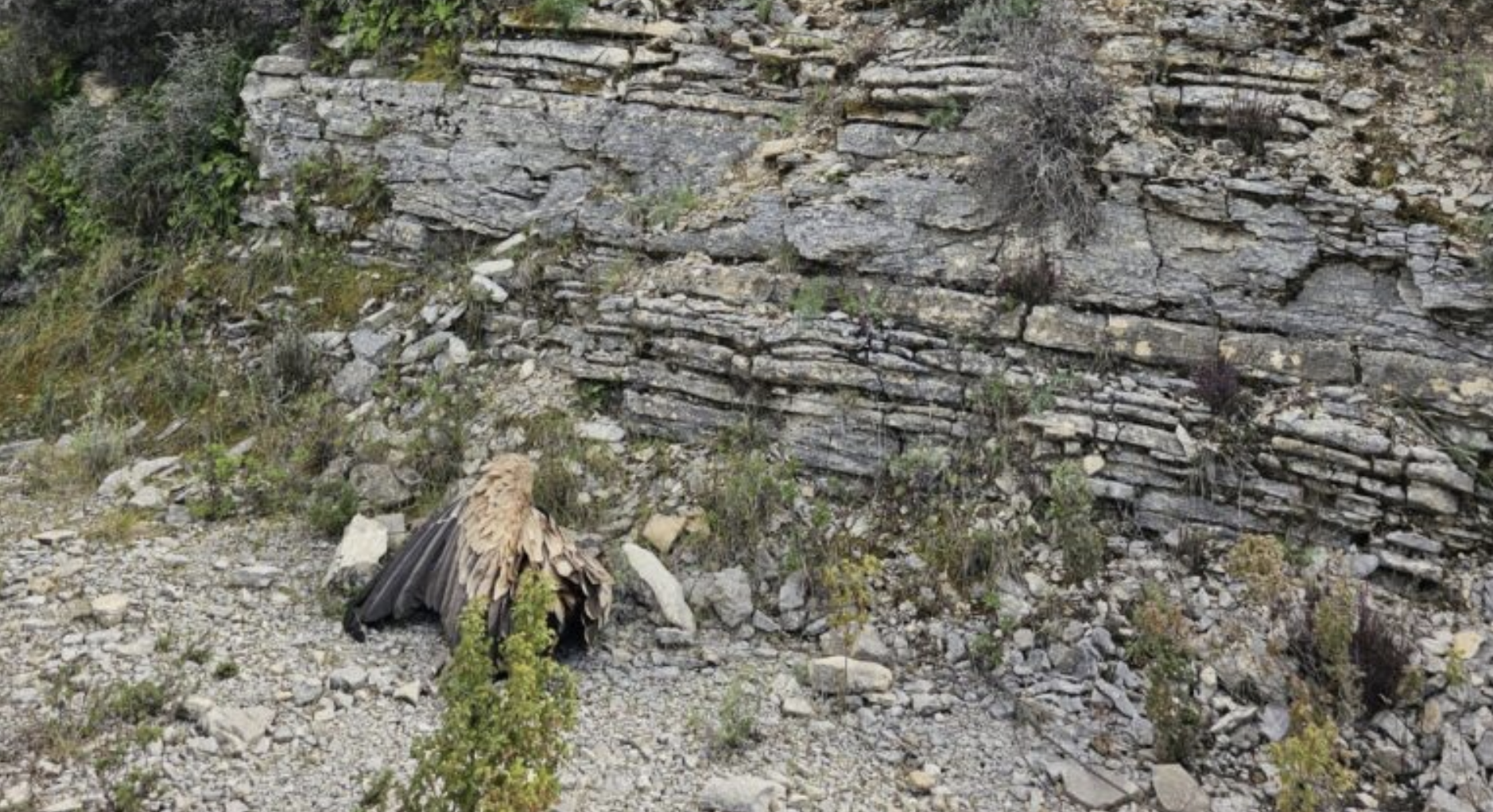Electrocution and collision with energy infrastructure are among the main vulture mortality causes in Europe. The international conference on best practices for mitigating electrocution and collision risks convened 100 participants to discuss the LIFE Safe for Vultures‘ efforts to protect Griffon Vultures (Gyps fulvus) in Sardinia and compare best practices from other regions. The conference served as a crucial moment for exchanging best practices, fostering collaboration, inspiring innovative approaches, and charting ambitious paths for sustainable conservation.
Hosted by e-distribuzione, coordinated by the Vulture Conservation Foundation (VCF), and overseen by the University of Sassari, the two-day event in Cagliari, Sardinia, on 23-24 May 2023, brought together influential researchers, European experts, scholars, and representatives from several institutions and scientific communities, with esteemed figures, including the President of the Region Christian Solinas, also delivering greetings.
The urgency of mitigating electrocution and collision risks
The risks of electrocution and collision with energy infrastructure have been recognised as high-priority issues for vulture conservation efforts since 2017, with the Multi-Species Action Plan for the Conservation of African-Eurasian Vultures. During the conference, the importance of effective planning, design, and mitigation measures was highlighted, emphasising their role in significantly reducing the impact of energy infrastructures on avian populations, particularly vultures.
The growing global energy consumption and the focus on decarbonisation significantly increase the need for energy infrastructure. Mortality and habitat loss are the most recurrent phenomena impacting large-bodied birds. For instance, in Spain only, 33,000 raptors are killed every year. In Italy, collision and electrocution are the leading causes of death to one-third of Italian-tagged Egyptian Vultures (Neophron percnopterus) and half of the Bonelli’s Eagle (Aquila fasciata) released in Sardinia.
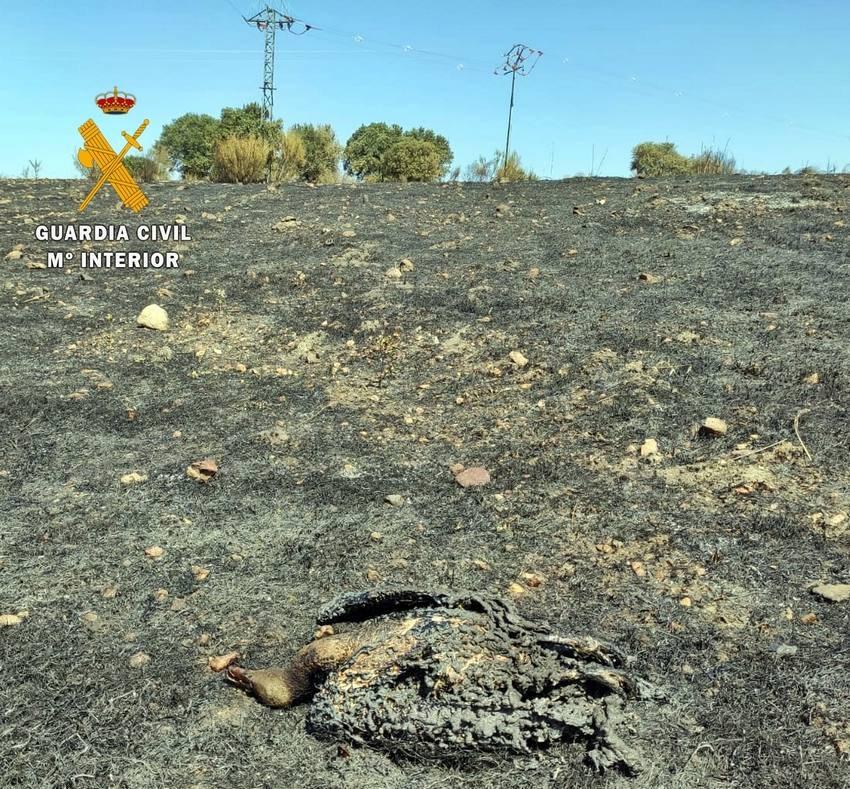

Day 1: Impacts, legal context, and national approaches
On 23 May, Professor Fiammetta Berlinguer delivered an introductory speech, and experts from ISPRA, Portugal, and Spain discussed the impacts of electrocution and collision, the legal context, and national approaches. The severity of threats to vultures and legal frameworks and strategies were examined.
Although electrocution and collision with power lines are the most impacting threats, there is growing evidence of raptor mortality associated with wind farm collisions. Micro-sitting and the low efficiency of mitigation measures, combined with the height of turbines (larger turbines are becoming mainstream), pose a high threat to birds of prey. Automatic detection technologies can help to manage the risk of collision with wind turbines.
Measures for mitigating electrocution and collision risk
Mapping and assessing areas of high risk, with the collective analysis of the GPS data from tagged birds and reported incidents, is fundamental to ensure rapid interventions. Owners of lines should be requested to keep a record of electrocution and collision and report the information to the national or local authorities. Legislative measures can reinforce these needs. In Spain, for instance, the Royal Decree 1432/2008 – Technical standards aimed at protecting birds against electrocution – applies to all new power lines and those already built within priority zones (SPAs, other priority sites). The Environmental Liability Directive (Act 26/2007) attributes obligatory repairment (and proportionally sanctions) to the owner of a power line which has not been repaired after causing electrocution.
Funding is one of the main factors hindering protective measures from being implemented. In Spain, 100M€ were invested in the last years, and a new allocation of 60M€ is foreseen within the Post-Covid EU recovery fund to mitigate 20,000 pylons, plus 1M€/year to invest in anti-collision measures within REN España. In Sardinia, there is an opportunity to improve the legal context, as a new regional law is being prepared and discussed within a technical forum. Sardinia has around 19,000 km of medium-tension power lines, and the priority areas should include nesting and foraging sites. LIFE projects can provide funding, as it is currently undergoing with the LIFE Safe for Vultures project.
“We have completed 80% of the operations to secure the energy infrastructure in the area covered by the project, where the presence of Griffon Vultures is most intense, to limit the risks associated with electrocution or collision.”
Fabrizio Milia, within the E-Distribuzione galaxy, partner of the LIFE Safe for Vultures project
The area most directly affected by the mitigation actions carried out by E-Distribuzione is between the municipalities of Pozzomaggiore and Montresta, a wide area where the Griffon Vulture, thanks to the success of LIFE Under Griffon Wings, has become a permanent part of the ecosystem. Together with the University of Sassari, the most critical areas were identified, and 60 medium-voltage overhead lines were insulated on about 20 km.


Day 2: Mitigation systems and best practices across Europe
On 24 May, the conference focused on “Mitigation Systems” being tested or implemented across Europe, including Sardinia. Representatives from various European projects shared experiences and insights, identifying effective mitigation measures. As Italy foresees the installation of more power lines, the state’s role as the energy sector regulator was discussed, and the operational losses and socio-economic costs of electrocution (e.g., forest fires) were analysed.
Whilst achieving zero mortality is an impossible target, every country should aim to reduce it to tolerable levels. As birds have more lateral than forward vision, the area above the bill is a blind spot, making them more prone to collide. The height of structures is an important factor, and black and white patterns are better viewed by vultures. Whilst guidelines and online training courses already exist, it is essential to increase training and capacity to support the implementation of anti-collision and electrocution measures.
Tackling electrocution
Infrastructure already installed in priority areas should be intervened. To tackle electrocution, pole configuration is critical. Permanent structural changes of poles are recommended, with quality material to prevent deterioration. Upturned pins pose a higher risk of electrocution (in medium tensions poles, 1-66kV), and pylons need insulation on all connections and endpoints, leaving no spaces left. It was discussed that insulating tapes are less effective than suspended insulators. Crossarm insulation methods are being tested, which can be a cheaper option. Insulating and anti-perching measures should be implemented in combination, as anti-perching systems have lower effectiveness. Training was identified as a priority to implement these measures. Apart from the installation, it is necessary to ensure periodic supervision and monitoring.
Tackling collisions with power lines
Collision is probably underestimated; human monitoring teams hardly detect non-tagged birds, as generalist predators tend to remove the carcasses quickly. Monitoring should be reinforced to understand the actual impacts of collision. Anti-collision devices should be placed every 10 m on top wires, or 20m if on two wires, and installed on high-tension earth wires. On medium tension cables, devices should be installed on conductor lines. New planned infrastructure should comply with best practices in pole design and isolation:
To avoid collision with cables, three types of protective measures can be implemented
- Spirals (1m x 30 cm)
- Flapper diverters, at least 35 cm long, mobile and reflective
- Double belt, to be installed on motorways and train lines
The effectiveness of anti-collision measures is highly variable and dependent on other factors, such as weather and visibility conditions. New solutions were discussed, such as the use of ultraviolet lighting, which is showing promising results in the USA, and the use of drones instead of helicopters to install anti-collision devices, which can be less expensive (helicopters can cost up to 10,000€/1,5 km line) and ensure installation without interrupting the service. In Corsica, within the LIFE GypRescue project, anti-collision flappers have been installed with the use of drones, watch the short video here.
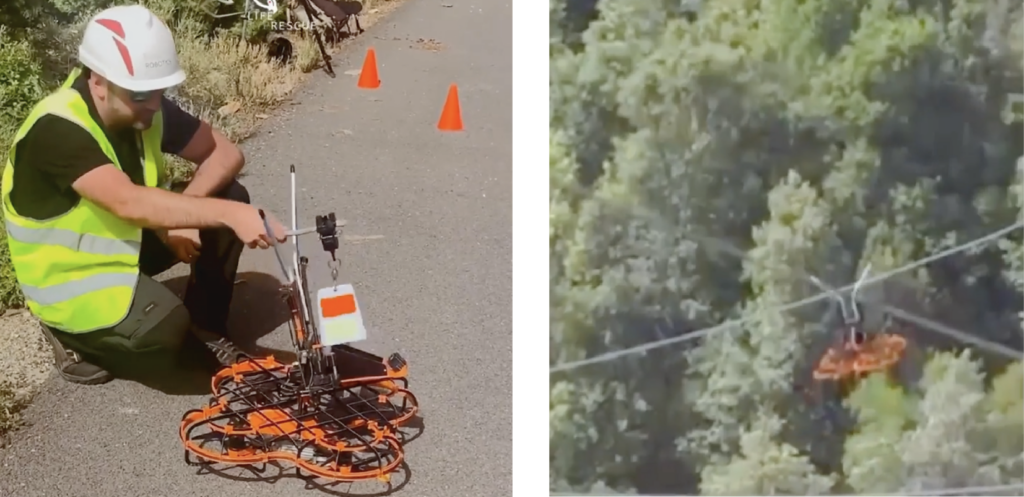
Can technology help mitigate collisions with wind farms?
As for windfarms, it is necessary to perform sensitivity mapping analysis, collision risk modelling and spatial planning to avoid installing wind turbines in sensitive locations. Shut down on demand (SDOD) is the most effective way to tackle the threat, as losses in energy are negligible and pose insignificant economic loss to energy companies. It requires a detection system (observers, technology or hybrid) and shut down criteria, site and species based. Technological approaches include radars, which allow night detection and cover vast areas, but are expensive and cannot differentiate species, while cameras allow for species identification but are equally costly and cover short-range areas.
SDOD, with observers in Spain, reduced mortality by 60-90% and by almost 100% in Portugal. In the USA, with cameras, mortality was only reduced by 63%. Blade painting is also a possible measure but still needs to be tested. Technology will undoubtedly play an essential role in the future (with AI helping to fine-tune bird identification) and will be especially important in monitoring offshore and migratory species. SDOD costs should be incorporated into the running costs of any wind farming area.
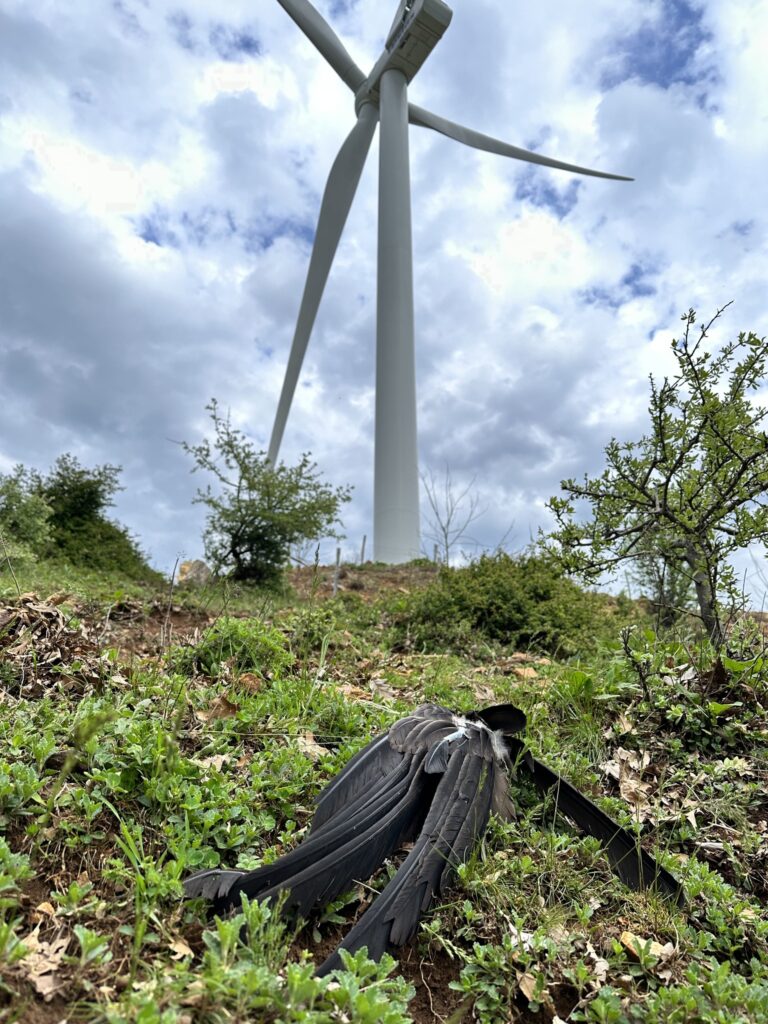

Looking ahead to a sustainable future with vultures
Recognising the significance of sustainable practices and the circular economy, the LIFE Safe for Vultures partnership demonstrated its commitment to protecting Griffon Vultures through substantial economic and technological investments. These efforts align with principles of environmental sustainability and responsible resource management, reflecting a long-term vision for vulture species preservation.
By engaging a highly qualified audience of scholars, experts, and stakeholders, the conference fostered collaboration, inspired effective strategies, and generated a collective commitment to safeguarding vultures and avian populations from the dangers of electrocution and collision in Sardinia and globally. Through these concerted efforts, the conference advanced vulture conservation efforts globally. It pushed for a safer and more sustainable future for vultures, ensuring their continued presence in our ecosystems for generations to come.
The recordings of the conference are available on the Project’s Facebook Page for those who could not attend:
Mitigating electrocution and collision risk highlighted at the European Vulture Conference, in November
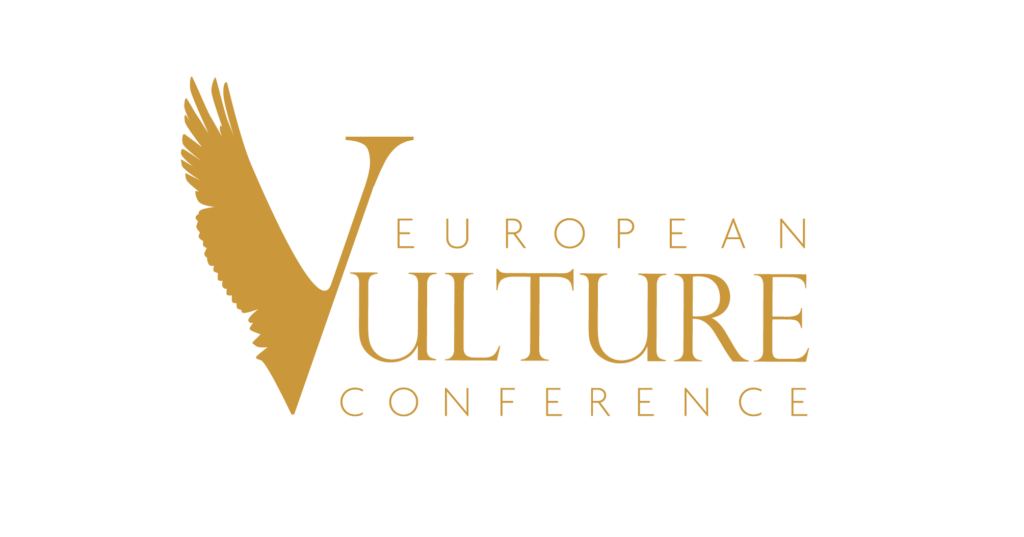
At the European Vulture Conference 2023, taking place in Cáceres 14-17 November, there will be a panel dedicated to collision and electrocution mitigation measures, to further the discussion held in Sardinia during the two intense days. If you could not join us in Sardinia, this might be an excellent opportunity to gain new insights and share your experience! Take advantage of the early-bird fee until 31 July!
About the LIFE Safe for Vultures Project
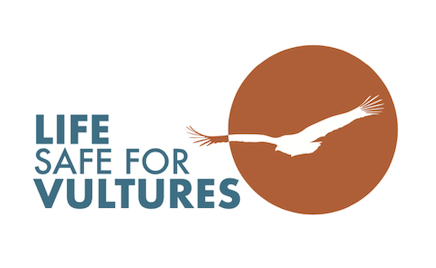
LIFE Safe for Vultures is a project co-financed by the EU’s LIFE Programme, acting as the first step to the restoration of the vulture guild in Sardinia. The University of Sassari leads the project in collaboration with Agenzia Regionale Forestas, Sardegna Corpo Forestale, E-Distribuzione and the Vulture Conservation Foundation. LIFE Safe for Vultures builds on the work of the successful LIFE Under Griffon Wings, with the ultimate objective for Griffon Vultures to regain their historic ranges and distribution areas from the central-eastern part of Sardinia to the south and at the same time promote the long-term survival of the species on the island. The project team is working to expand the network of farm feeding stations, create several anti-poison dog units to tackle wildlife poisoning, establish an additional feeding station in the south of the island, restock the population by importing 40 additional Griffon Vultures and reduce the threat of collision and electrocution with energy infrastructures.




